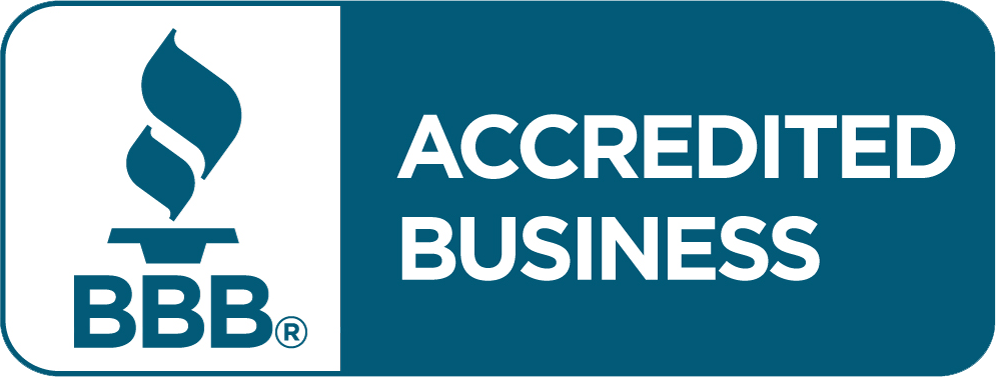Tire Care Tips
TIPS FOR SAFE, EFFICIENT TIRES
• Regularly Check Tire Pressure - When tires are underinflated, it can lead to excess heat, uneven tire wear, and decreased handling. Avoid blowouts and tread separation with properly inflated tires.
• Have A Tire Rotation Scheduled – Be sure to check your owner’s manual to see how often your tires should be rotated and follow the recommendations the best you can. This will not only equalize tire wear but will also prevent wear issues caused by worn mechanical components.
• Balance Tires – When tires are out of balance, they will often begin bumping the higher in speed you go. If you have been consistently noticing this, make sure to get things taken care of as soon as possible.
• Install Tires in Sets or Pairs –When you have tires installed one at a time, it can cause instability and create vehicle handling issues. We suggest having tires installed two at a time and moving the old tires to the front of the vehicle if you are replacing the front ones.
• Proper Storage – If you are storing a vehicle for the season, we suggest a dark place away from direct sunlight with low humidity. Be sure to store them away from solvents, grease, oil, or ozone-producing electrical equipment.
• Look for General Wear and Tear – Be on the lookout for punctures, embedded objects, cracks, and bulges in your tires.
• Have a Spare Tire – It is important to always have a properly inflated spare tire on hand in the event of an emergency.
WHY CHOOSE US
At Dixie Tire Co., we want our customers in Bryan, TX; College Station, TX; and the surrounding areas to remain on top of tire performance and adhere to maintenance schedules outlined in their owner’s manual.
Your tires contribute to vehicle performance. Tire maintenance can protect your investment by extending the life of your tires. Checking tire pressure, rotating your tires, balancing your tires, and choosing the right set of replacement tires based on safety and handling will all contribute to consistent performance. If you have any questions or you want us to inspect your tires, please give us a call
today.

